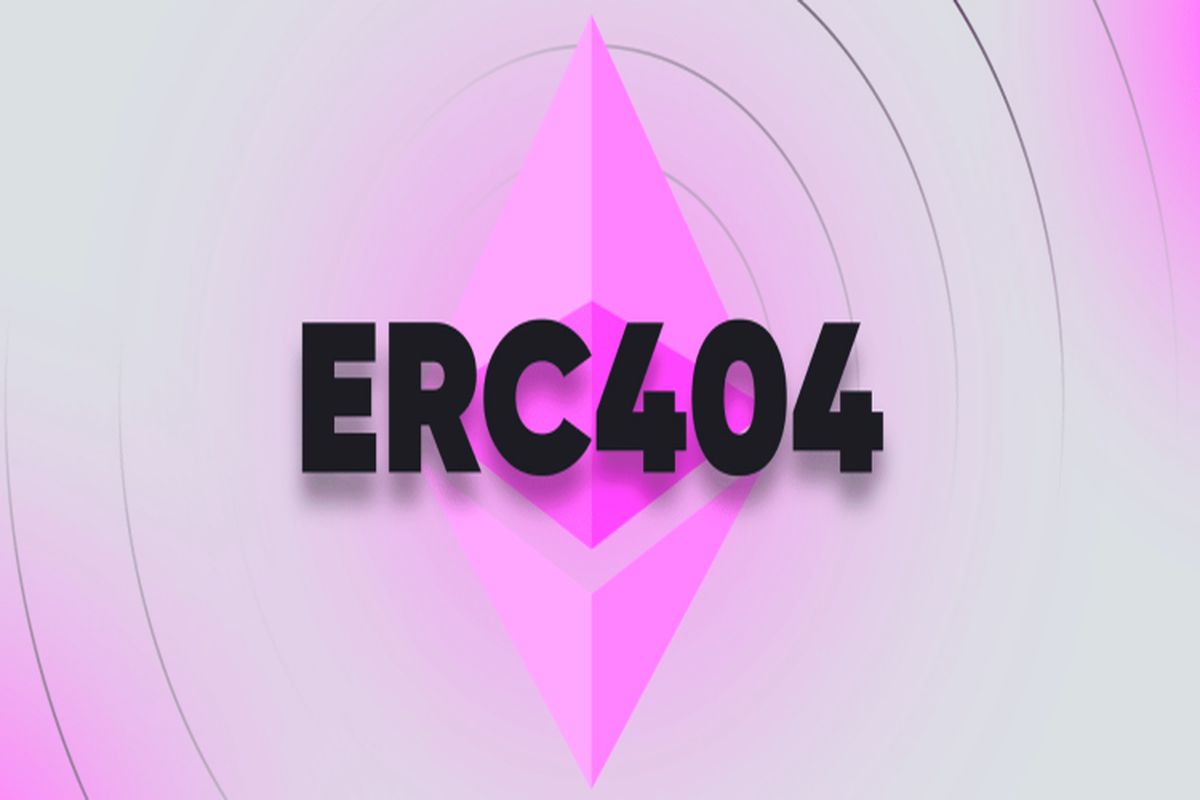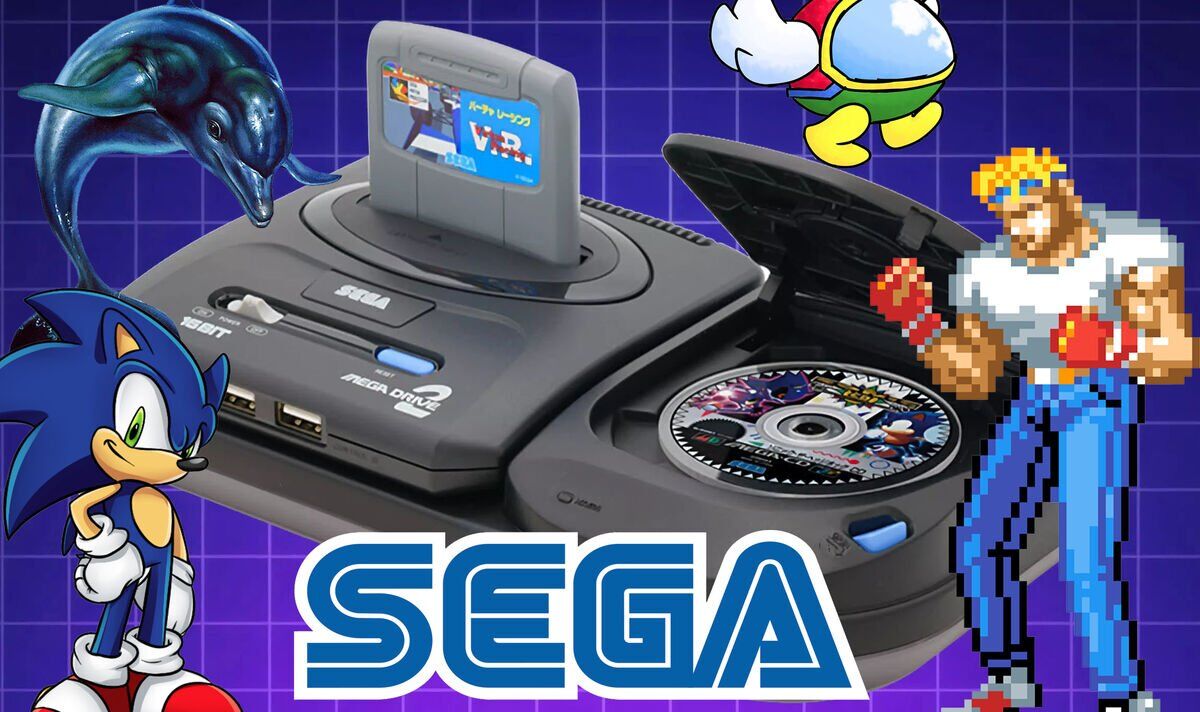Last week’s news focused on the sudden big drop in BTC and how long-term investors are seizing the opportunity to accumulate more BTC. However, no one seems to be talking about the second largest coin, ETH. Is it advisable to buy ETH at these levels?
The increase in DeFi is the biggest contributor to the demand for ETH in this bull run, as ETH is used both as a guarantee and fuel to use the ETH blockchain to cultivate returns. While other developments such as NFTs also contribute to the popularity of ETH, overall 90% of the demand for ETH has been for DeFi use so far. Therefore, to study whether ETH is a worthwhile investment, our focus should be on DeFi, specifically, the DeFi trend going forward.
ETH, as the undisputed leader in DeFi, has seen the emergence of some competition from other block chains such as Binance Smart Chain (BSC) and Polygon (MATIC). Part of the argument against ETH using DeFi has been its high gas rate and low speed, which has caused throughput producers and protocols to migrate to cheaper blockchains such as BSC and Polygon (MATIC). This resulted in a certain ETH blockchain value being moved to other blockchains.
However, as the market started to decline in May, vulnerabilities in DeFi projects based on other block chains were becoming very large, while no issues were observed with those with ETH. The BSC, the biggest competitor, has seen its core protocol community, Venus (XVS) and Bunny (BUNNY), lose billions of funds that were at stake due to exploits. This trend soon started happening at MATIC projects as well, with the biggest and fastest carpet pulling (the developer ran off with the farmers’ money) taking place at Iron Finance, a project that even well-known investor Mark Cuban was expressing optimism about. Iron Finance has completely collapsed, wiping out billions of investor funds. It seems that the very reasons these projects were successful were the very reasons they failed to take off. Being cheap and fast allows the bad guys to take advantage because it costs a scammer next to nothing to create a new protocol and they can take funds from the protocol before they are detected because the blockchain is fast. Perhaps the high gas rate and slower ETH speed could be the reason why vulnerabilities are rare. Because it is more expensive to interact with ETH, projects and users tend to think long term and can be less “corruptible”.
Issues related to DeFi vulnerabilities have led to a market-wide outflow of funds into DeFi projects, both at BSC and MATIC, in the past two months. The total value locked in USD (TVL) on the BSC dropped from a high of $30 billion to a low of $10 billion, a 67% loss, while the BNB token suffered a 69% loss in value. The total blocked (TVL) on MATIC dropped from $11 billion to $4.3 billion, a loss of 63%, while the MATIC token lost 65% at its lowest point during liquidation. Both projects have seen TVL grow, with BSC registering around $13 billion and MATIC $5 billion today. To give a better perspective, let’s quote in percentage terms. The TVL for the BSC remains 60% below, while the BNB’s token price has rebounded to $290, a 60% loss from its all-time high. As for MATIC, the token price is now around $1.10, which is 55% below its peak, also a good reflection of its 55% TVL loss.
Compare that to ETH, which saw its price drop 61% from a high of $4,373 to a low of $1,700, while TVL on protocols running on ETH dropped just 42%. At their peak, ETH projects moved a total of $117 billion, while they fell to $67 billion at their lowest point in May, down 42%. However, the price of ETH dropped 61% in that period, falling 20% more than the drop in TVL.
Although the price of ETH has rebounded from its low, still 55% lower than the maximum, while its TVL has rebounded by about $77 billion, about 35% below its peak, with a 20% discrepancy still manifesting. This reveals that, unlike two other competitors, the price of ETH is more drastic in proportion to the amount of TVL, or that it could suggest that ETH is being oversold. ETH is a leader in smart contract blockchains, which should yield a price premium. Now, apparently, this was negotiated as a disproportionate price discount when we chose TVL compared to its peers. This could mean that ETH is undervalued or that two other blocks are overvalued.
To determine whether DeFi’s few blockchains are likely to be overvalued or undervalued, let’s look at DeFi adoption over the past year. Adoption of DeFi has gradually taken off since early 2021, as seen in the chart below. Month-on-month growth of DeFi users had been steady, with 292,000 new users registered each month since January 2021. In June, despite the market slump, the number of new DeFi users did not decrease; in fact, that number increased to 300,000. This suggests that the growth in DeFi adoption has not only not regressed but has actually accelerated, showing an aggressive growth trajectory. The valuation in an industry that is growing aggressively must have a premium, which means it must have a premium valuation. Therefore, this in no way suggests that a lower valuation estimate should be justified for blockchains doing DeFi. In that sense, ETH is not overrated. In fact, ETH is quite underrated as ETH is also on the way, with some major updates coming as early as July.
The massive drop in ETH may be due to greedy investors who took high leveraged positions during the impending upgrade boom, only to suffer big sells when the market turned, starting a spiraling effect as margin sales pushed prices down. This resulted in more margin liquidations from other investors, which started a cascade of falling prices. By consolidating prices after most liquidation has taken place, investors looking for a valuable asset can accumulate ETH when its price is still undervalued.
The main risk event for ETH, of course, could be an ETH2.0 failure. However, ETH founder Vitalik Buterin has already issued a warning not to expect a smooth transition until 2022, and investors are mentally bracing themselves. Reaction to any delay in implementation will not be drastic.
Therefore, it appears that there is more room for positive surprises if the key update manages to produce better-than-expected results in lowering tariffs, as well as reducing the supply of ETH in the market. Sounds like a good ETH buy to me at the current level of around $2,000.
About Kim Chua, Principal Market Analyst at PrimeXBT:
 Kim Chua is an institutional trading specialist with a successful track record that spans major banks including Deutsche Bank, China Merchants Bank and others.
Kim Chua is an institutional trading specialist with a successful track record that spans major banks including Deutsche Bank, China Merchants Bank and others.
Over time, Chua launched a hedge fund that consistently delivered triple-digit returns for seven years. Chua is also an educator at heart who developed her own trading curriculum to pass her knowledge on to a new generation of analysts. Kim Chua closely follows the traditional and cryptocurrency markets and is eager to find future investment and trading opportunities as the two very different asset classes begin to converge.





